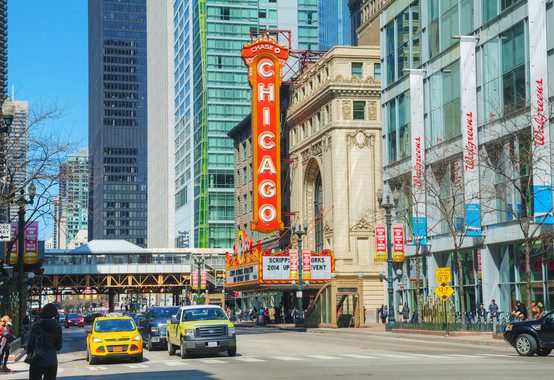Words on the Street

Each week, New Urbs will be regularly collecting the best content we’ve read each week that we didn’t publish—but would have. Read something you think should make the cut? E-mail Jon Coppage or tag @NewUrbs with the link on Twitter.
“A very bad sign for all but America’s biggest cities” via Washington Post
The changes also reflect a fundamental shift over the past two decades in which workers and industries power the country’s economic growth. That shift advantages highly educated urbanites at the expense of everyone else. Polling suggests it is one of the driving forces in the political unrest among working-class Americans — particularly rural white men — who have flocked to Republican Donald Trump’s presidential campaign this year.
“High Population Turnover in Neighborhoods Undermines Parent-Child Relationships” via Child & Family Blog (h/t Eve Tushnet)
Research shows that unstable residential neighborhoods tend to have weaker communities, with less mutual support. Parents miss out on the trust, cohesion and sense of social control that develop when local populations are less transient. They can’t draw as much on help with day-to-day needs
“The Duck-Billed Platypus of American Cities” via City Journal
Most important, as an interior city, Chicago has a heartland state of mind. It draws even its upscale population base heavily from other Midwestern cities and towns. For the most part, Chicagoans hold degrees from Big Ten schools, not the Ivy League, and the city’s civic mindset reflects that. Its culture is more conservative than that of the coastal cities, and less cosmopolitan and ambitious.
“WWJJD: What Would Jane Jacobs Do About Zoning?” via Strong Towns
Density-and-use zoning is the metaphorical hammer of urban land use: every potential problem ends up looking like a nail, and gets hammered to smithereens. It doesn’t matter if the problem has nothing to do with density or land use, and it doesn’t matter that density and land use are (as the Kings show) pretty darn incidental to the grand scheme of things. The only tool that we have is the wrong one, but we’re going to use it anyways.
“The Storefront Index” via City Observatory
Clusters of these quasi-private spaces, which are usually neighborhood businesses, activate a streetscape, both drawing life from and adding to a steady flow of people outside. In an effort to begin to quantify this key aspect of neighborhood vitality, we’ve developed a new statistical indicator—the Storefront Index (click to see the full report)—that measures the number and concentration of customer-facing businesses in the nation’s large metropolitan areas.
“New Urbs” is supported by a grant from the Richard H. Driehaus Foundation.